In a world increasingly aware of the environmental impact of traditional energy sources, renewable energy has emerged as the cornerstone of a sustainable future. As a global leader in innovative energy solutions, Ambani Group is at the forefront of this transformation, leveraging cutting-edge technologies to deliver eco-friendly electricity and drive the adoption of clean energy. This article explores the importance of renewable energy, showcases Ambani Group’s groundbreaking projects, and highlights emerging trends shaping the future of sustainable power. Whether you’re an industry professional, an environmental advocate, or simply curious about renewable energy resources engineering, this guide provides valuable insights and actionable information.
Alt tag: A hybrid energy system with solar panels and wind turbines in harmony with nature.
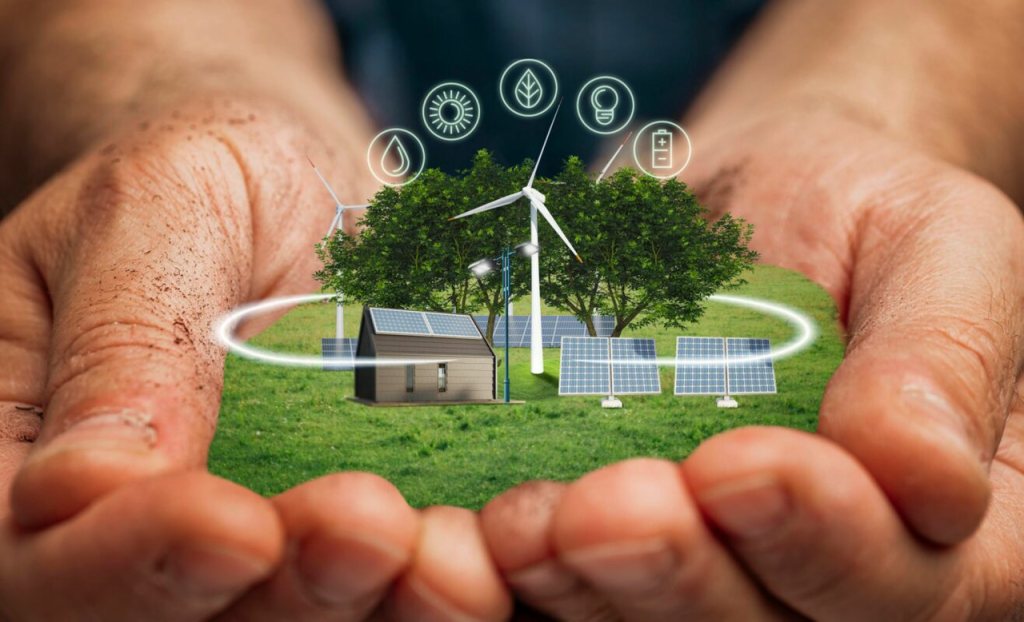
Why Renewable Energy Matters
Renewable energy is derived from natural resources like sunlight, wind, water, and biomass. Unlike fossil fuels, these resources are inexhaustible and environmentally friendly. Here’s why sustainable power is critical for the future:
- Environmental Benefits
Renewable energy significantly reduces greenhouse gas emissions, the core drivers of climate change. According to the International Renewable Energy Agency (IRENA), renewable energy could cut global carbon dioxide emissions by 70% by 2050. (International Renewable Energy Agency. (2021). Renewable Power Generation Costs in 2020. Abu Dhabi: IRENA.) It also minimizes air and water pollution, which are byproducts of burning fossil fuels. A study by the National Renewable Energy Laboratory (NREL) found that widespread adoption of renewable energy could prevent 4.2 million premature deaths annually by reducing air pollution. (National Renewable Energy Laboratory. (2019). The Health Benefits of Renewable Energy. Golden, CO: NREL.)
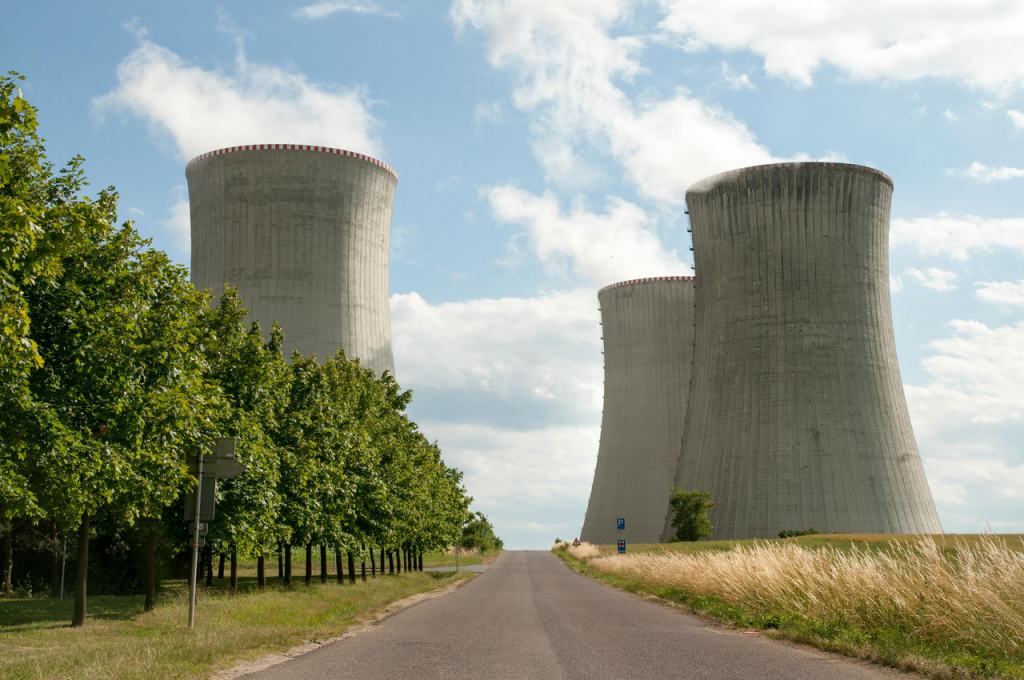
Alt Tag: Renewable energy reduces CO2 emissions and combats climate change.
- Economic Advantages
The renewable energy industry plays a significant role in generating employment opportunities, employing over 12 million people globally in 2022, according to the International Labour Organization (ILO). (International Labour Organization. (2022). Renewable Energy and Jobs: Annual Review 2022. Geneva: ILO) It also reduces dependency on imported fossil fuels, which can be volatile in price and supply. Over time, renewable energy lowers energy costs and solar power costs have dropped by 89% since 2010, making it one of the most affordable energy sources today. (U.S. Energy Information Administration. (2021). International Energy Outlook 2021. Washington, DC: EIA.)
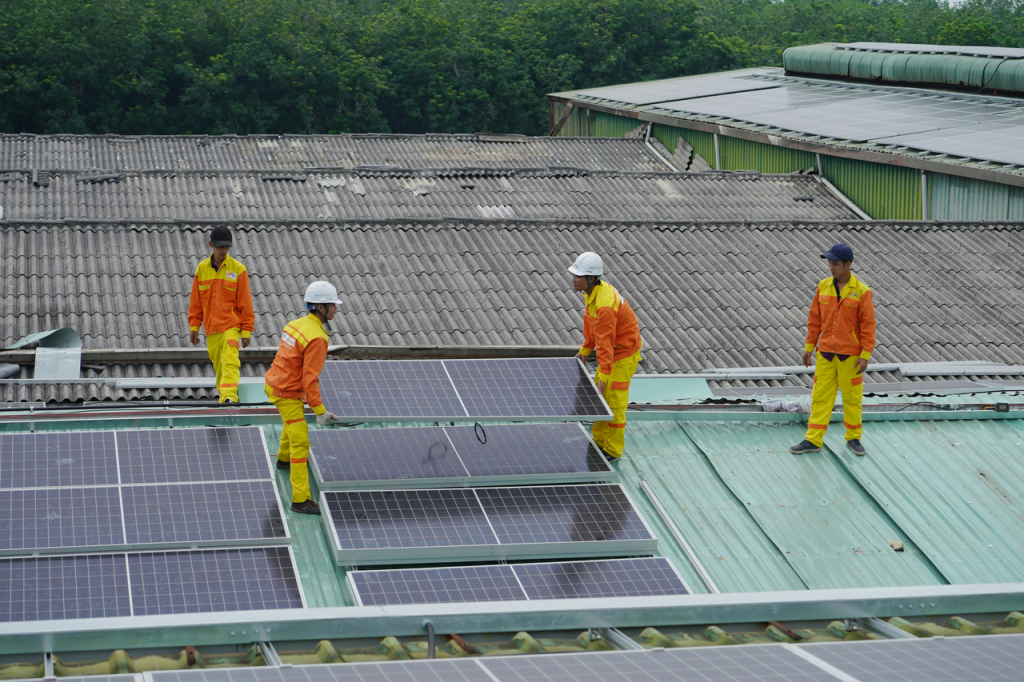
- Energy Security
Renewable energy provides a reliable and consistent energy supply, reducing vulnerability to geopolitical tensions and supply chain disruptions. Unlike fossil fuels, renewable energy sources like solar and wind are locally available and abundant. According to the U.S. Energy Information Administration (EIA), renewable energy, is expected to account for 42% of global electricity generation by 2050, ensuring a more secure and resilient energy future. (Twidell, J., & Weir, T. (2015). Renewable Energy Resources (3rd ed.). Routledge.)

Renewable Energy Resources Engineering: Ambani Group’s Blueprint for a Sustainable Future
At the core of Ambani Group’s mission to revolutionize the global energy landscape lies its expertise in Renewable Energy Resources Engineering. This specialized field is the backbone of sustainable energy solutions, focusing on the design, development, and optimization of systems that harness natural resources to generate clean, reliable, and efficient energy. By leveraging cutting-edge engineering principles and innovative technologies, Ambani Group is driving the transition to a future powered by renewable energy.
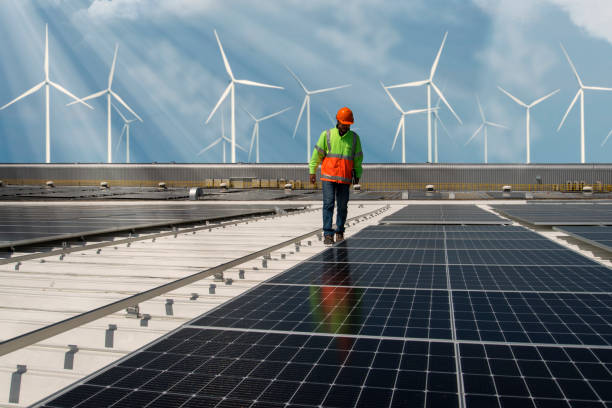
1. What is Renewable Energy Resources Engineering?
Renewable Energy Resources Engineering is a multidisciplinary field that combines principles of engineering, environmental science, and technology to create systems that convert natural resources, such as sunlight, wind, water, and biomass into usable energy. Unlike traditional energy engineering, which often relies on finite and polluting resources like coal, oil, and gas, this field prioritizes sustainability, efficiency, and environmental responsibility. (Boyle, G. (2012). Renewable Energy: Power for a Sustainable Future (3rd ed.). Oxford University Press.)
The goal of renewable energy resources engineering is not just to produce energy but to do so in a way that minimizes ecological impact, reduces carbon emissions, and ensures long-term energy security. This requires a deep understanding of natural systems, advanced technological tools, and innovative problem-solving approaches.
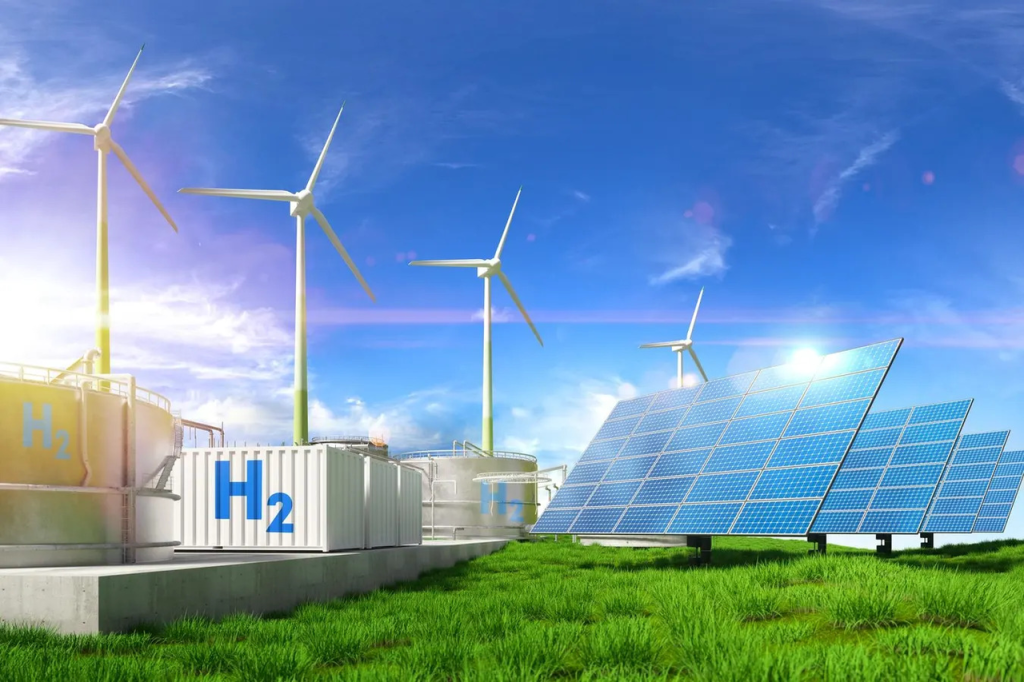
2. The Role of Engineering in Harnessing Natural Resources
Engineering plays a critical role in unlocking the potential of renewable energy sources. It involves the design and implementation of systems that can efficiently capture, convert, and distribute energy from natural resources. Key areas of focus include:
- Resource Assessment: Identifying and evaluating the energy potential of natural resources in a given region. This involves analyzing factors such as solar irradiance, wind speed, water flow, and biomass availability.
- System Design: Developing customized energy systems tailored to the specific characteristics of a location. This includes designing solar farms, wind turbines, hydropower plants, and biomass facilities.
- Optimization: Enhancing the efficiency and performance of renewable energy systems through advanced engineering techniques. This may involve improving energy capture, reducing losses, and integrating storage solutions.
- Integration: Ensuring that renewable energy systems can seamlessly integrate with existing energy grids or operate independently in decentralized setups.
3. Innovation in Renewable Energy Resources Engineering
Innovation is the driving force behind advancements in renewable energy resources engineering. Ambani Group is committed to pushing the boundaries of what’s possible, leveraging the latest technologies and engineering methodologies to create groundbreaking solutions. Some of the key areas of innovation include:
- Advanced Materials: Developing high-efficiency solar panels, lightweight wind turbine blades, and durable hydropower components that enhance performance and longevity.
- Smart Technologies: Integrating artificial intelligence (AI), machine learning, and the Internet of Things (IoT) to optimize energy production, monitor system performance, and predict maintenance needs.
- Energy Storage: Designing cutting-edge storage solutions, such as grid-scale batteries and hydrogen storage systems, to address the intermittent nature of renewable energy and ensure a stable power supply.
- Sustainable Design: Creating energy systems that are not only efficient but also environmentally responsible, minimizing land use, water consumption, and ecological disruption.
4. The Importance of Scalability and Accessibility
One of the key challenges in renewable energy resources engineering is ensuring that solutions are scalable and accessible. Ambani Group is dedicated to developing systems that can be deployed in diverse settings, from urban centers to remote rural areas. This involves:
- Modular Design: Creating systems that can be easily scaled up or down to meet the energy needs of different communities and industries.
- Cost-Effectiveness: Reducing the cost of renewable energy technologies through innovation and economies of scale, making them accessible to a wider population.
- Localized Solutions: Tailoring energy systems to the specific conditions and resources of a region, ensuring maximum efficiency and minimal environmental impact.
5. A Vision for a Sustainable Energy Future
Renewable energy resources engineering is more than just a technical discipline, it’s a vision for a sustainable future. By harnessing the power of natural resources, Ambani Group is addressing some of the world’s most pressing challenges, including climate change, energy security, and economic development. The group’s commitment to this field is a testament to its dedication to creating a cleaner, greener, and more prosperous world.

Conclusion
The shift to renewable energy is no longer a choice but a necessity for a sustainable future. Ambani Group is at the forefront of this transformation, offering innovative solutions that combine eco-friendly electricity with economic growth. By harnessing the power of the sun, wind, and water, Ambani Group is paving the way for a cleaner, greener, and more sustainable world.
Through its expertise in renewable energy resources engineering, Ambani Group is not only addressing today’s energy challenges but also shaping the future of sustainable power. From green energy innovations to advanced energy storage systems, the group is driving the global transition to renewable energy with a commitment to scalability, accessibility, and environmental responsibility.
Join Ambani Group in its mission to build a world powered by renewable energy. Together, we can create a sustainable future that benefits everyone. Explore Ambani Group’s renewable energy projects and discover how you can be part of the movement toward a cleaner, greener planet.
References
- International Renewable Energy Agency (IRENA). (2021). Renewable Energy and Climate Change.
- National Renewable Energy Laboratory (NREL). (2020). Health Benefits of Renewable Energy.
- International Labour Organization (ILO). (2022). Renewable Energy and Jobs: Annual Review.
- U.S. Energy Information Administration (EIA). (2023). International Energy Outlook.